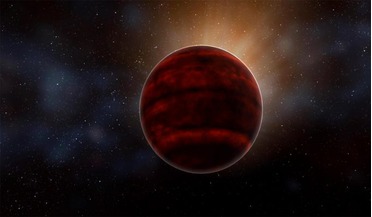 28 February 2018
Habitability of nearest exoplanet in doubt after powerful flare
28 February 2018
Habitability of nearest exoplanet in doubt after powerful flare
... was detected last March by scientists observing the star with the Atacama Large Millimetre/Submillimetre Array (ALMA) and at its peak, the newly detected flare was 10 times brighter than our sun’s largest flares...
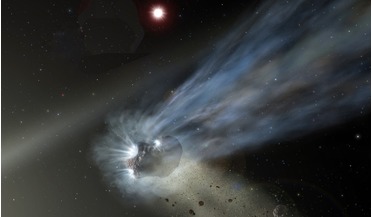 20 April 2020
New research shows interstellar visitor 21/Borisov is not your average comet
20 April 2020
New research shows interstellar visitor 21/Borisov is not your average comet
... who have used the Hubble Space Telescope (HST) and the Atacama Large Millimetre/submillimetre Array (ALMA), respectively to observe the comet. Both collected data from observations taken between December 2019 and January...
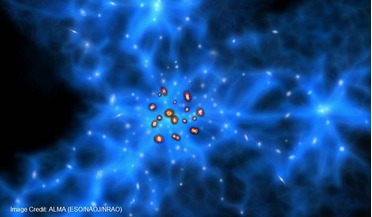 07 December 2015
Massive baby galaxies nestled in dark matter filaments found by ALMA
07 December 2015
Massive baby galaxies nestled in dark matter filaments found by ALMA
... Now though, the dust-sensitive nature of the ALMA telescope has enabled researchers to determine the positions ... Tokyo) Using the much improved sensitivity and resolution of the ALMA telescopes, the team were able to make extensive observations of a...
 10 March 2016
Mysterious infrared light that fills the Universe found with ALMA
10 March 2016
Mysterious infrared light that fills the Universe found with ALMA
... and infrared light and re-emits the energy in longer millimeter waves which can be detected with ALMA. By comparing the ALMA data with the data taken by the Hubble Space Telescope and the Subaru Telescope, the...
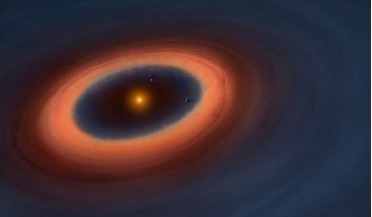 27 January 2016
Interaction between protoplanetary disks and planets confirmed by astronomers using ALMA
27 January 2016
Interaction between protoplanetary disks and planets confirmed by astronomers using ALMA
.... Using the Atacama Large Millimeter/submillimeter Array (ALMA), astronomers have observed a dust ring around a...structure close to the inner edge of the outer disc. TuImage taken by ALMA of the dust ring that surrounds the young star Sz 91. This ring ...
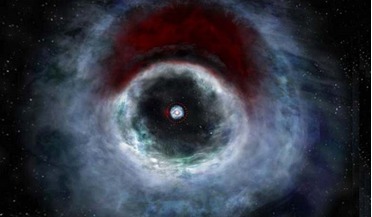 15 February 2016
Astronomers provide new insights into planet formation around binary stars
15 February 2016
Astronomers provide new insights into planet formation around binary stars
...of physics and astronomy at Rice University. "The new ALMA images reveal previously unseen details about the physical processes that.... With the high capability of radio telescopes such as ALMA to see beyond objects that are normally obscured by gas...